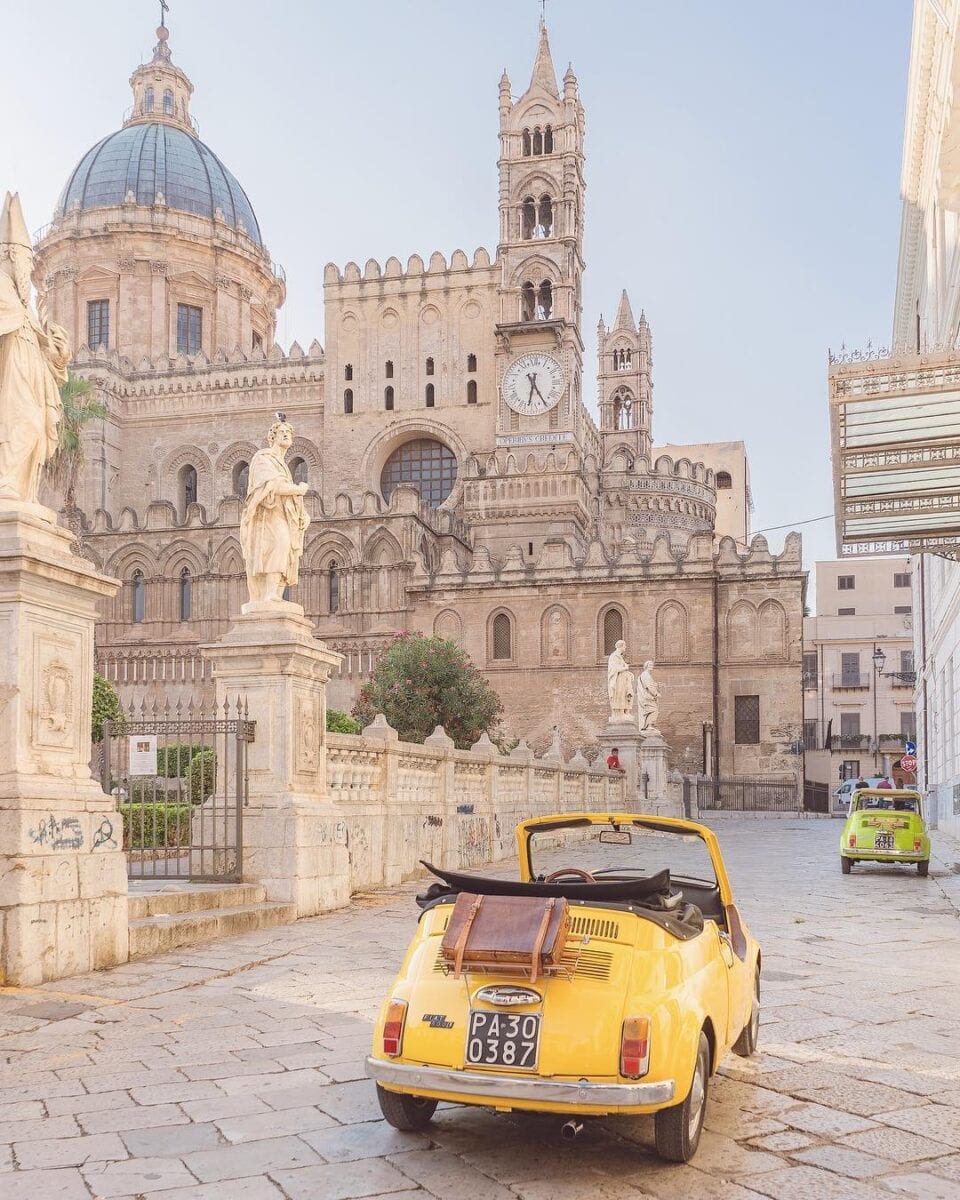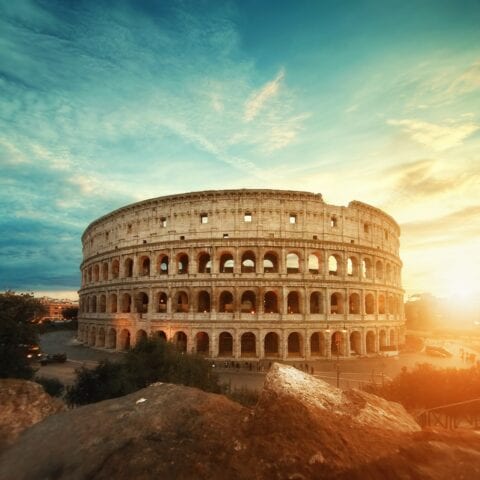
Essential Guide to Driving in Italy: Tips for Tourists
Introduction: Planning to explore Italy by car? This comprehensive guide provides valuable tips for tourists considering a car hire in Italy. From understanding local driving etiquette to navigating unique road conditions, we cover all you need to know for a smooth and enjoyable driving experience in this beautiful country.
1. International Driving Permit for Non-EU Tourists Before you embark on your Italian road trip, it’s important to prepare the necessary documents. For American tourists, an International Driving Permit (IDP) is essential along with your regular driver’s license. Obtain your IDP before leaving the U.S. to ensure a hassle-free experience. More information on requirements can be found on the U.S. Embassy in Italy’s website. EU residents can use their valid photo card driving license.
2. Understanding Speed Limits in Italy Speed limits in Italy vary based on road types and weather conditions. Here’s a quick breakdown:
- Motorways: 130km/h under normal conditions, 110km/h in wet weather.
- Outside built-up areas: 90km/h.
- In built-up areas: 50km/h. Remember, at unmarked intersections in cities, vehicles from the right generally have priority, unless signage indicates otherwise.
3. Italian Driving Styles: A Quick Guide Italian drivers are known for their assertiveness and skill. Expect sudden lane changes, brisk driving, and minimal adherence to lane markings. Patience is scarce, and hesitation isn’t well-received. Be prepared for close-quarter driving and be decisive in your maneuvers. Understanding this driving style can help you adapt and drive confidently.
4. Road Etiquette: Unspoken Rules In Italy, flashing headlights can mean anything from a warning to a signal not to merge. A flash from an oncoming vehicle often signals police checks ahead. Horns are used liberally, conveying a range of messages from alerts to greetings. Learning these cues can make your driving experience smoother.
5. Navigating City Challenges Driving in Italian cities comes with its unique set of challenges, such as ZTLs (Zona a Traffico Limitato) which restrict traffic in certain areas. Violations can result in fines. Be mindful of one-way streets, scooters, narrow lanes, and pedestrian crossings. Afternoon hours are generally less congested. Check for ZTLs and parking options with your car hire company or hotel.
6. Parking in Italy: What You Need to Know Parking in Italian cities can be challenging. Look for parking spaces marked with blue lines, and always display a parking ticket from a nearby meter or tobacconist. Most hotels offer parking solutions, so it’s wise to inquire in advance. When parking in the streets, never leave any objects or bags in the car and preferably use secure parking over the roadside parking.
7. Petrol Stations: Availability and Tips Petrol stations are widespread but may close for lunch breaks and on Sunday afternoons. Many offer self-service options. Remember, ‘benzina’ is petrol and ‘gasolio’ is diesel.
8. Essentials to Carry in Your Car Always carry your driver’s license, car documents, and insurance papers. A reflective safety vest is legally required, and it’s advisable to check with your car hire company. Keep some coins handy for parking meters and plastic bags for emergencies, especially on winding roads where motion sickness might occur.
Conclusion: If driving in Italy feels daunting, remember that there are alternatives. We can arrange private car services or first-class high-speed train travel to ensure you enjoy your Italian adventure with ease and comfort.








Leave a Reply